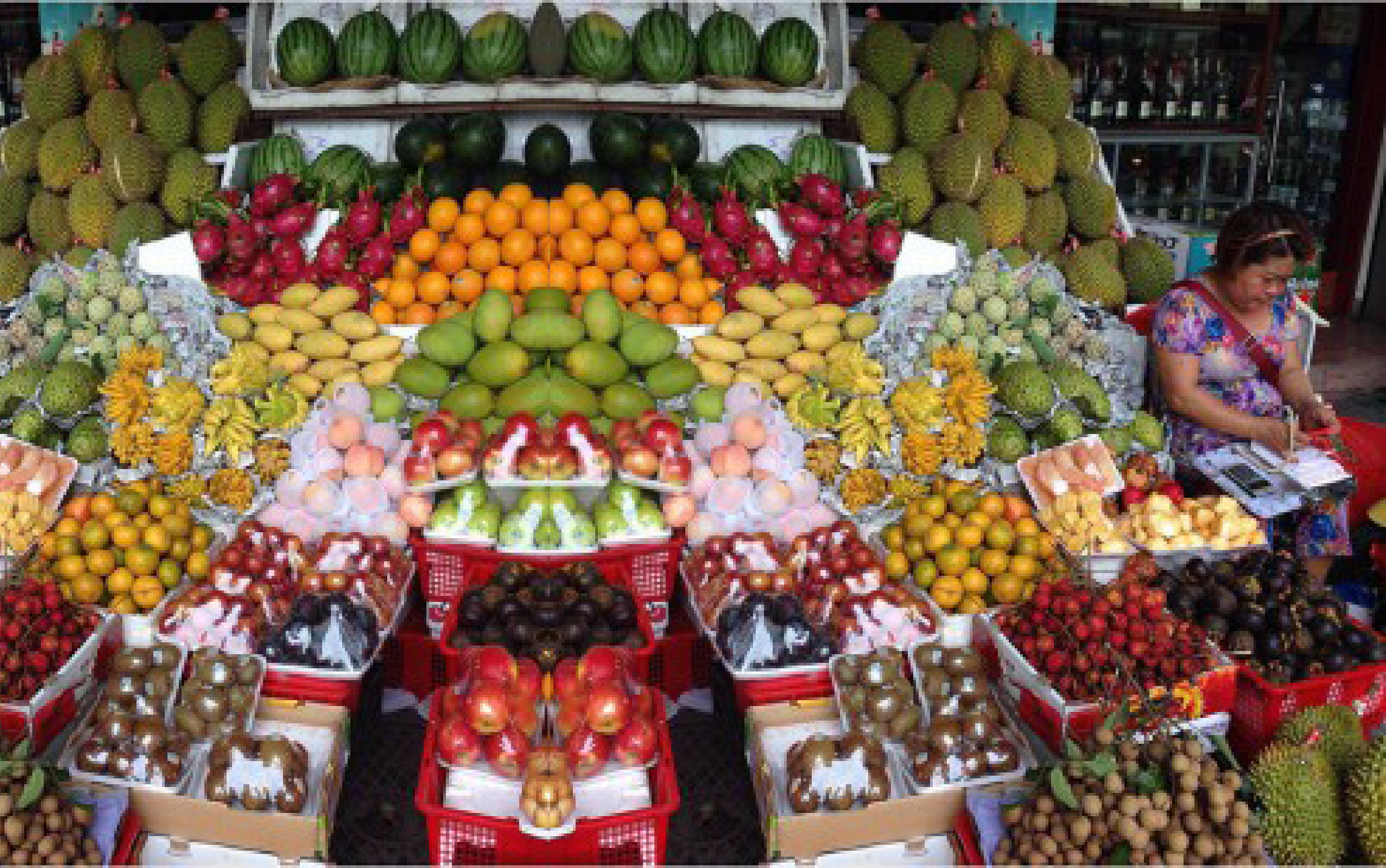Book Chapter on New Food Security Assessment Method
Feb 3, 2016
By: James Oliver
The overarching goal of food security assessment is to find a method that persists through time and space and is continuously reliable. Scientists have formulated food security indicators for their assessments but most at the present fall short in adequately gauging food security.
In a newly released chapter by John Antle, Roshan Adhikari, and Stephanie Price in the book Food Security in an Uncertain World the authors propose a better method of measuring food security, an Income-based Food Security Indicator (IBFS). This indicator differs from other methods in that it uses economic farm household models for policy, technology, and climate impact assessment. This incorporation of economics allows for the analysis of changes in income and its corresponding effect on food security.
The chapter outlines the steps to calculate the IBFS:

Photo: Carlotta Donelli
1) The share of household income put towards food is either estimated from observational data, or set as a parameter
2) The cost of nutritionally adequate food is estimated using per capita nutritional requirements
3) An IBFS threshold is established to indicate the amount of income needed per person for a sufficient diet
This IBFS can be combined with the Tradeoff Analysis Model for Multi-dimensional Impact Assessment (TOA-MD) for assessment results. The TOA-MD uses information on the population of a farming community to estimate the potential likelihood of the adoption of new technology. The model looks at individual farms and searches for ones that can benefit from the adoption of new technology. The likelihood of adoption is then translated into its effects on local farm household income. One issue that can arise in the prediction of the agricultural returns of a farm is the various factors that influence these returns. They include weather, resources, the physical environment, and the ability of the farmer. These variables are accounted for in the TOA-MD model by having the expected opportunity cost distributed across farms with normal probability density.
To qualify this IBFS and TOA-MD, an assessment in Tanzania tested the adoption of a legume inoculant technology. This particular technology increases the yields of legumes, maize and livestock, and saves farmers potential cost that would otherwise be needed to be spent on fertilizer or manure. The TOA-MD model found that on average, adoption rates of the technology were about 43%. In general, those that adopt tended to have higher returns and lower poverty rates than those who did not adopt. From these results, they were able to calculate an income threshold for food security. Using the three steps outlined above, the income-based threshold was $196.
Combining the TOA-MD model with the proposed IBFS resulted in a moderate rate of adoption, and for those that do, an increase in returns and higher income for this particular study. Compared to previous food security indicators, the IBFS appears to have great usefulness in multi-dimensional impact assessment of food security. Going forward, the IBFS should continue to be compared with other indicators to test its practicality. It can also be extended account for food insecurity, instability of food and income, and intrahousehold distribution.
